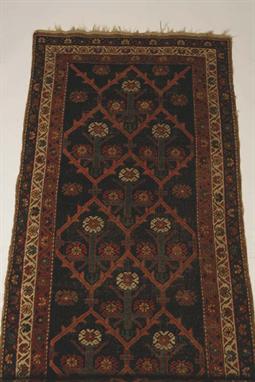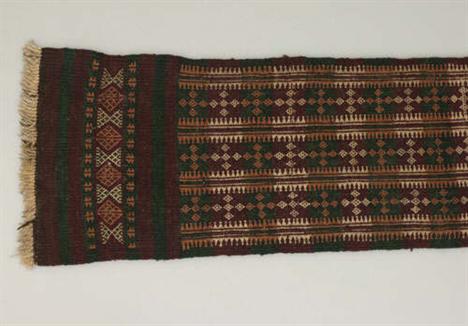We found 33312 price guide item(s) matching your search
There are 33312 lots that match your search criteria. Subscribe now to get instant access to the full price guide service.
Click here to subscribe- List
- Grid
Lot 386
TWO STONEBOWS, A POLYNESIAN CLUB A DIL DIL, A TRIBAL BOW AND A QUANTITY OF ARROWS in relic condition, the stonebows with slender steel bows, wooden tillers with built in gaffles (damaged) and a portion of an early string; a tribal longbow, two Australian clubs, one with large head with pronounced wavy borders, two spears, and a large quantity of arrows (qty)







































